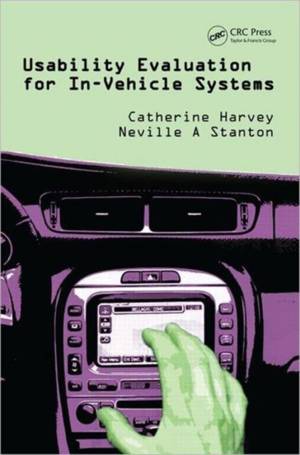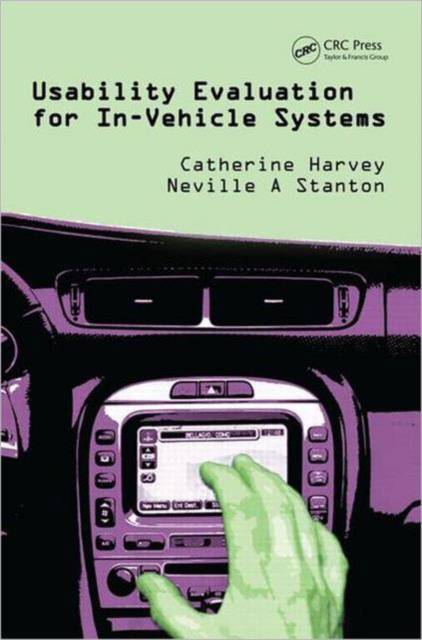
- Retrait gratuit dans votre magasin Club
- 7.000.000 titres dans notre catalogue
- Payer en toute sécurité
- Toujours un magasin près de chez vous
- Retrait gratuit dans votre magasin Club
- 7.000.000 titres dans notre catalogue
- Payer en toute sécurité
- Toujours un magasin près de chez vous
Usability Evaluation for In-Vehicle Systems
Catherine Harvey, Neville A Stanton
Livre relié | Anglais
146,95 €
+ 293 points
Format
Description
Ergonomics often seems to be involved too late in commercial project development processes to have substantive impact on design and usability. However, in the automotive industry, and specifically in relation to In-Vehicle Information Systems (IVIS), a lack of attention to usability can not only lead to poor customer satisfaction, it can also present problems. This book presents a process which will support the evaluation and modeling of driver-interface interactions in a dual-task driving context. This process consists of a framework of methods which can be used to evaluate and model the usability of In-Vehicle information Systems (IVIS). The book's focus on design and evaluation of IVIS, coupled with a systems approach to the concept of usability, sets it apart. This method presents both an autopsy and diagnostic approach to investigating usability in IVIS.
Spécifications
Parties prenantes
- Auteur(s) :
- Editeur:
Contenu
- Nombre de pages :
- 230
- Langue:
- Anglais
Caractéristiques
- EAN:
- 9781466514294
- Date de parution :
- 23-04-13
- Format:
- Livre relié
- Format numérique:
- Genaaid
- Dimensions :
- 163 mm x 234 mm
- Poids :
- 476 g







